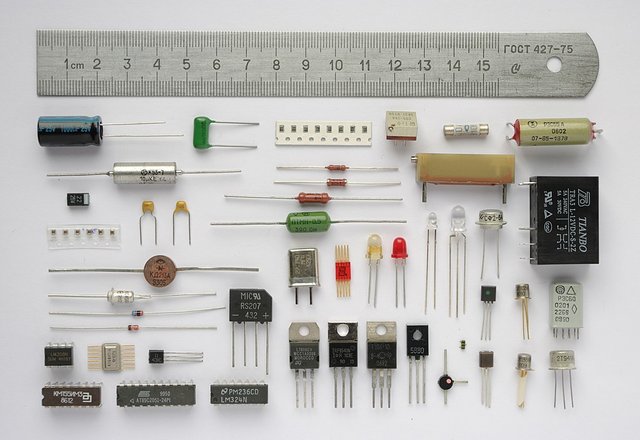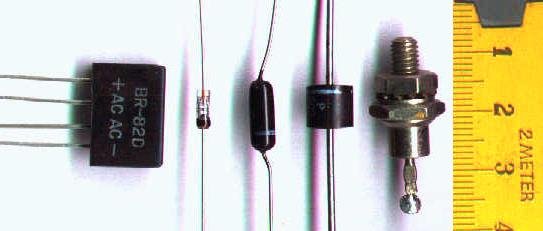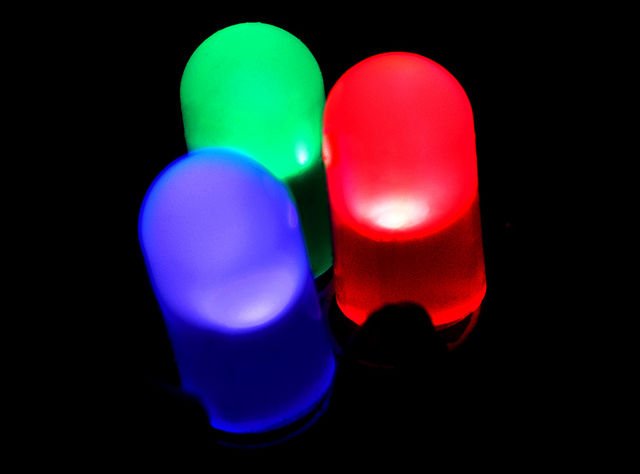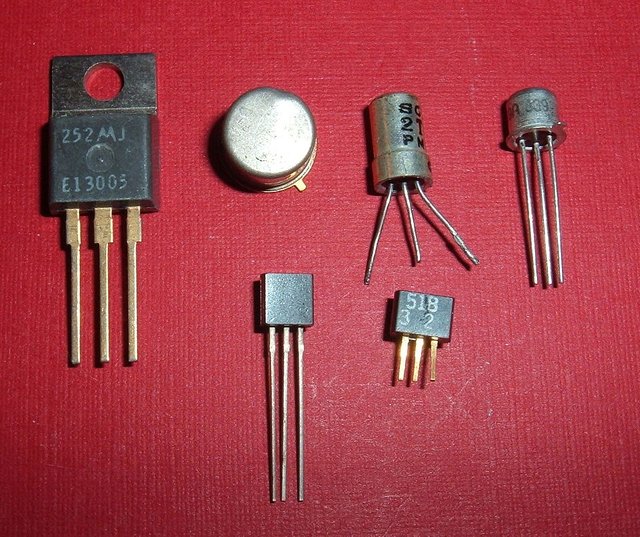The Basic Parts of Electronics: What They Function
Hello friends,
How are you? Hope every one is fine and healthy here.
Every electronic gadget uses key parts. From our phone to our TV, they all have them. These items might seem like magical to you. But they are built from simple pieces.
So let us try to learn about these basic electronic parts. It will help us understand how things work.
Resistors: Controlling the Flow
Think of electricity like water in a pipe. A resistor is a narrow spot in that pipe. It slows the water down. In electronics, resistors limit how much power goes to a part. They also lower voltage. We measure them in Ohms.
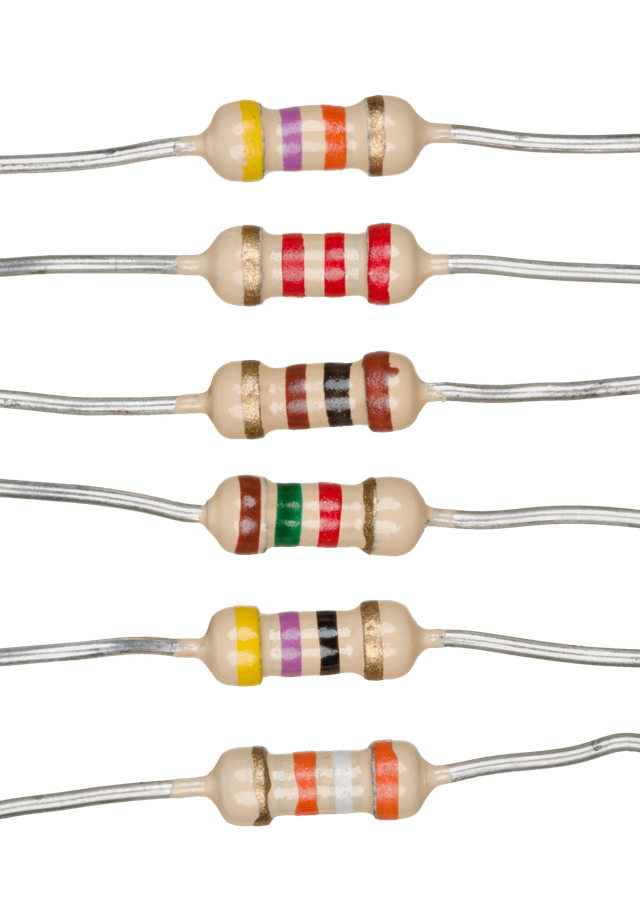
Source
Resistors protect delicate parts from too much power. They control how bright an LED shines. They also set voltage levels. Resistors do not add energy. Instead, they turn some energy into heat.
Capacitors: Storing Energy Resistors slow power down.
Capacitors are like small water tanks. They connect to the pipe. They hold a quick burst of power. Then they let it go. We measure them in Farads.
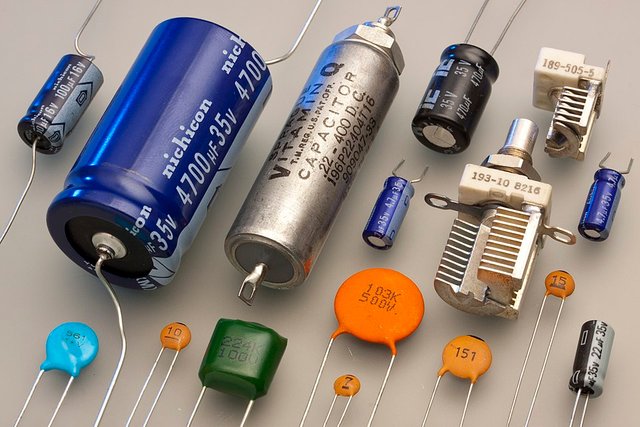
Source
Capacitors smooth out power surges. They act like a tiny battery for a moment. They clean up signals. They also help time things in a circuit. You can find them as small discs or bigger tubes.
Diodes: Power in One Way
Think of a diode as a one-way valve. It lets power flow in only one direction. It stops power going the other way. This helps turn AC power into DC power.
Our wall outlet gives AC power. Most devices need DC power. Diodes make this change.
LEDs are a common type of diode. LED means Light-Emitting Diode. When power flows the right way, an LED makes light.
LEDs changed how we light things. They are in indicator lights. They show up in clock displays. They also light up rooms.
Transistors: The Key to Modern Tech
Many call the transistor the top invention of the last century. These tiny parts are at the heart of modern electronics. Transistors work as switches.
Transistors also work as amplifiers. As a switch, a small amount of power turns a bigger flow on or off. As an amplifier, they make weak signals stronger.
Transistors build computer chips. They make memory work. All digital devices use them. Without transistors, we would not have computers. No smartphones, no digital world.
Integrated Circuits (ICs):
Tiny Powerhouses Integrated Circuits, or ICs, are also called chips. They are not just one part. An IC holds many tiny parts inside it. These can be transistors, resistors, and capacitors. They all work together.
An IC puts huge power into a small chip. Instead of many parts on a board, one IC does the job. Microcontrollers are ICs. Memory chips are ICs. Strong computer processors are also ICs. They help make complex electronics small.
Summery
In short, these parts are the basic building blocks. Resistors, capacitors, diodes, and transistors. Plus, the powerful integrated circuits.
Knowing how they work is a great first step. It helps you understand electronics all around you.
Troubleshoot common issues, and perhaps even begin your own journey into the fascinating world of electronics creation. The journey into electronics is both educational and deeply rewarding
All photographs have been given sources.Thank you very much for reading here.
Support @pennsif and @pennsif.witness for the growth of this platform. pennsif.witness has immense contribution to the Steemit platform. Vote for him as a Witness here: Click to Vote
